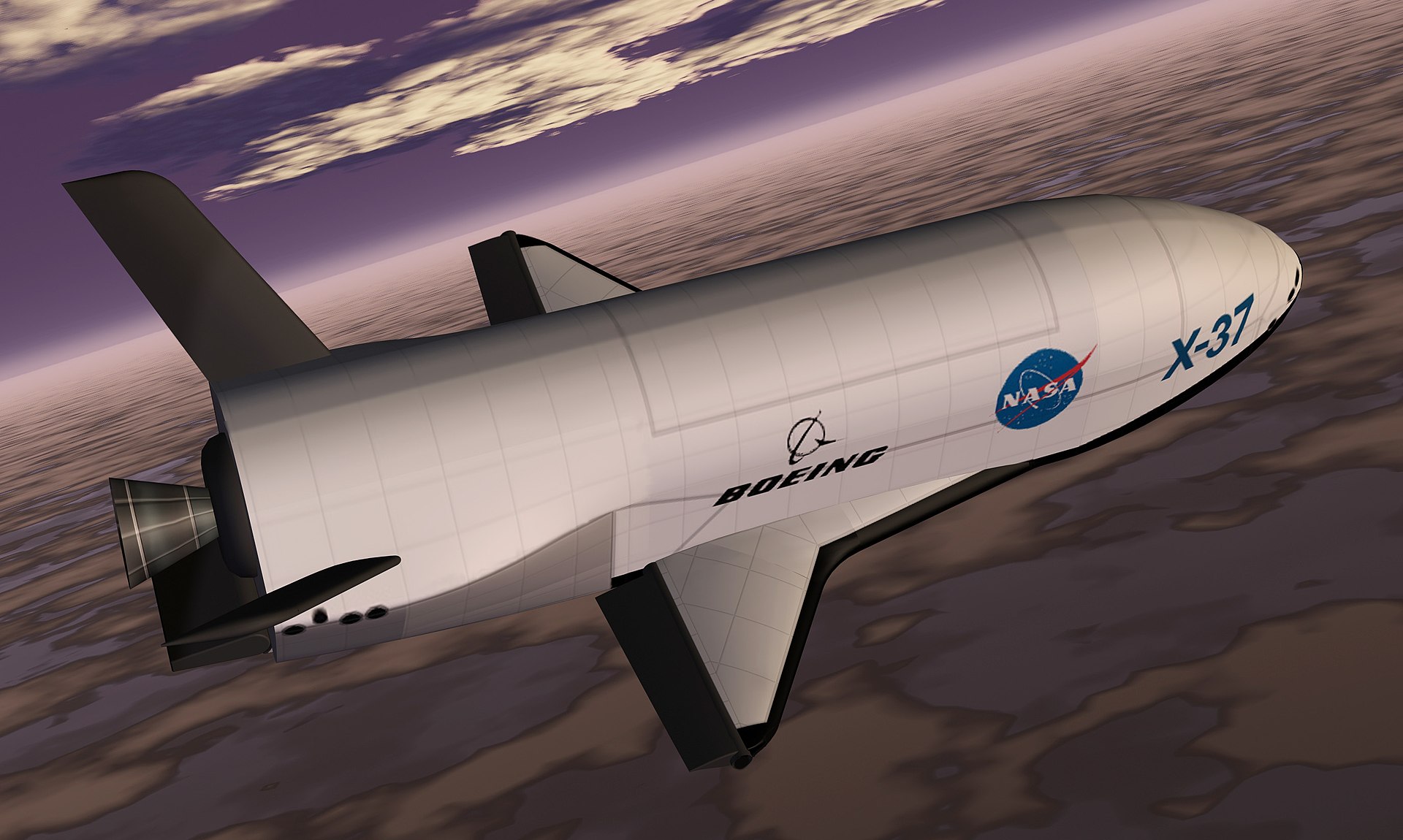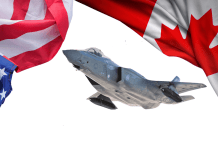In a recent announcement, the US Space Force said that the much-anticipated launch of the mysterious X-37B spacecraft has been postponed from its original schedule.
The launch of the X-37B under the mission codenamed ‘USSF-52’ has been postponed from December 7 to December 10.
The US Space Force said in a statement, “The Department of the Air Force Rapid Capabilities Office, in partnership with the United States Space Force and SpaceX, is making final preparations to launch the seventh mission of the X-37B Orbital Test Vehicle. Due to launch delays and pad availability, USSF-52 will now launch on December 10, 2023.”
NASA’s Kennedy Space Center (KSC) in Florida will be the launchpad for SpaceX Falcon Heavy, carrying the X-37B spacecraft. A statement from Space Force stated that the date modification was due to altered launch schedules and availability at Launch Complex-39A (LC-39A).
Brig. Gen. Kristin Panzenhagen of Space Launch Delta 45 informed in a Space Systems Command (SSC) that “We partner closely with our launch service providers, and the entire team is focused on executing a successful mission.”

On December 10, at an undisclosed launch window, USSF-52 will blast off from KSC’s LC-39A. Those specifics will be disclosed “as the launch date approaches,” per the SSC email.
This will be the first time the reusable spacecraft is launched on a Falcon Heavy rocket, which is expected to have an impact on its covert mission, according to reports. Earlier, United Launch Alliance (ULA) Atlas V rockets were used for five of the X-37B’s six launches, and the final launch was conducted with a Falcon 9.
On its last mission, the X-37B returned to Earth on November 12, 2022, landing on the KSC runway that was previously used for space shuttle landings after spending 908 days since 2020 in orbit on its most recent mission, which was named the ‘OTV-6.’
In addition to being able to launch heavier payloads into higher orbits than both Atlas V and Falcon 9, Falcon Heavy, which combines three Falcon 9 boosters for the rocket’s first stage, may carry X-37B farther into space than it has ever traveled. Falcon Heavy can lift nearly 64 metric tons (141,000 lbs) to orbit and is considered one of the world’s most powerful operational rockets.
The Space Force said in a statement on November 8 that the mission, known as USSF-52, will carry out a variety of tests, such as operating the reusable spaceplane in new orbital regimes, testing space domain awareness technologies, and looking into the radiation effects on materials provided by NASA.
In June 2018, SpaceX was given a $130 million contract to launch the USSF-52 mission. The original launch date of the mission was set to 2021 but has since been postponed due to payload and range availability.
As for the X-37B spacecraft, it was manufactured by Boeing and flown by the US Space Force and Air Force Rapid Capabilities Office. However, this is one space plane of the US Space Force that has been an object of interest for years since it entered development as it remains in a cloak of secrecy.
US Military’s ‘Most Secretive Craft’
The X-37B is an unmanned re-entry space vehicle based on NASA’s X-37 design. It is carried out long-term space technology testing and experimentation after being vertically launched with the assistance of a rocket to low Earth orbit (LEO).
The OTV, upon receiving a command from the ground, autonomously re-enters the atmosphere, descends, and lands horizontally on a runway.
According to reports, the military spacecraft is barely under 4.6 meters in wingspan, with dimensions of 8.8 meters in length and 2.9 meters in height. Designed to operate at altitudes between 240 and 805 kilometers, it weighs 4,990 kilograms at launch.
The X-37 program began in 1999, initially overseen by NASA but later transferred to the secretive military think tank Defense Advanced Research Projects Agency (DARPA) in 2004.
The USAF stated in November 2006 that it would create the X-37B Orbital Test Vehicle (OTV), a variation of NASA’s original X-37A design. As the OTV program’s principal contractor, Boeing is said to have produced two X-37Bs. The US Space Force eventually received the OTV and is now in charge of the spacecraft.

A list of the technologies being evaluated by the X-37 B is available on the USAF’s fact page on the OTV program, even though much of the spacecraft’s travels and experimental activity remain mysterious.
These technologies include lightweight electromechanical flying systems, propulsion systems, materials, thermal protection systems, avionics, high-temperature structures and seals, reusable conformal insulation, enhanced guidance, navigation and control, autonomous orbital flight, re-entry, and landing.
There have also been concerns among US rivals, Russia and China, about using X-37B as an anti-satellite weapons platform. However, they have been dismissed as mere speculations for lack of clear information.
- Contact the author at sakshi.tiwari9555(at)gmail.com
- Follow EurAsian Times on Google News




